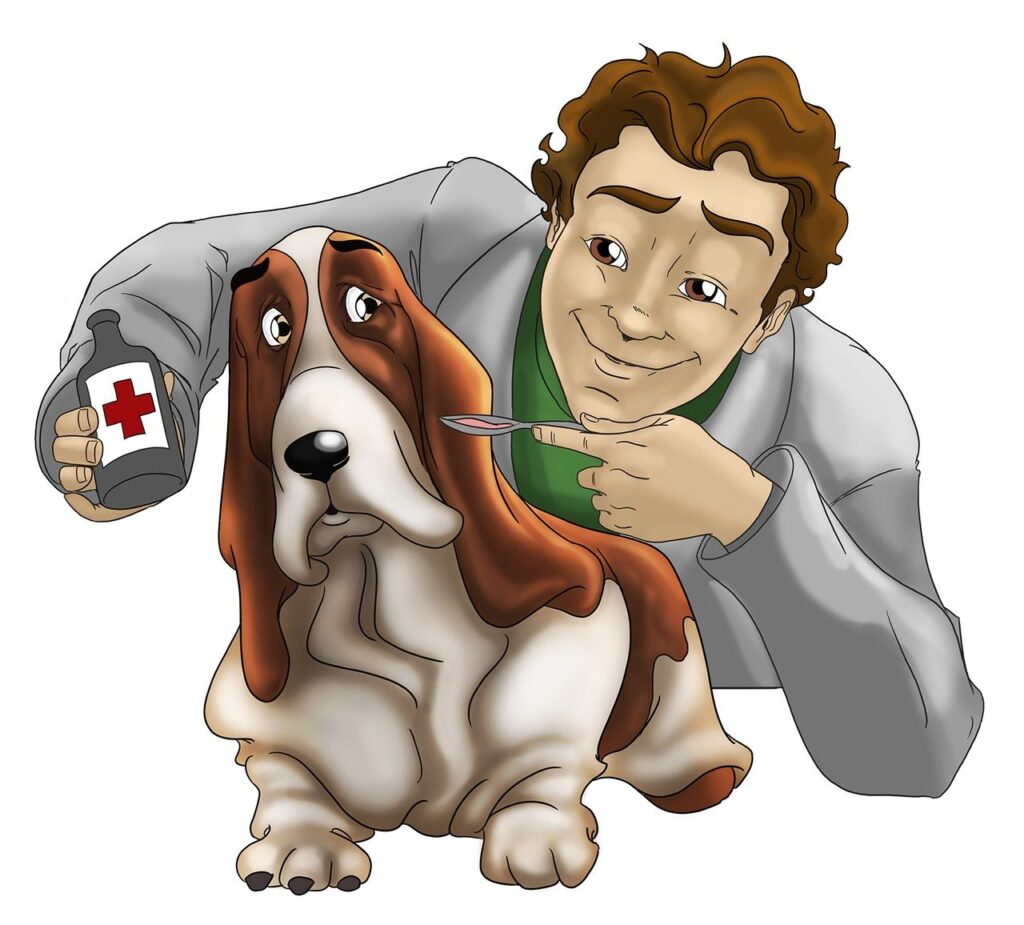
PET vs. CT: Understanding the Differences and Applications

Introduction
When it comes to medical imaging, two of the most commonly used techniques are Positron Emission Tomography (PET) and Computed Tomography (CT). Both are vital tools for diagnosing and monitoring a wide range of conditions, but they operate in fundamentally different ways and are suited to distinct purposes. Understanding the differences between these two imaging modalities is crucial for patients and healthcare providers alike. In this article, we will explore the principles, uses, advantages, and limitations of PET and CT scans.
What is a PET Scan?
Positron Emission Tomography (PET) is an advanced imaging technique that provides detailed images of metabolic processes within the body. Unlike traditional imaging methods that primarily focus on anatomical details, PET scans capture the activity of cells and tissues, revealing information about their function.
The PET scan works by detecting positrons, which are tiny particles emitted by a radioactive tracer injected into the patient’s body. This tracer is typically attached to glucose or other molecules that the body uses, allowing the scanner to see where the tracer accumulates. Since active tissues, such as cancerous cells, often have higher metabolic rates, PET scans are particularly useful for detecting cancer and monitoring treatment response.
What is a CT Scan?
Computed Tomography (CT) is a non-invasive imaging technique that creates cross-sectional images of the body using X-ray technology. The CT scanner takes multiple X-ray images from different angles and uses computer processing to create detailed images of organs, bones, blood vessels, and other internal structures.
CT scans provide high-resolution anatomical images, which makes them ideal for diagnosing structural abnormalities, such as fractures, infections, or tumors. The ability to see the body in cross-sections allows doctors to examine organs in detail and detect issues that may not be visible with traditional X-ray imaging.
Key Differences Between PET and CT Scans
1. Purpose and Functionality
The primary difference between PET and CT scans lies in their function. PET scans are used to observe the metabolic activity of tissues, while CT scans are used to examine the structure and anatomy of the body. PET scans provide insight into how tissues are functioning, while CT scans focus on where things are located and whether there are any structural abnormalities.
2. Technology
PET uses a radioactive tracer that emits positrons, which interact with electrons in the body to create gamma rays. These gamma rays are detected by the scanner and used to generate images of the metabolic activity. On the other hand, CT scans rely on X-rays to create detailed images of internal body structures, with the help of a rotating X-ray tube and detectors.
3. Imaging Focus
PET scans are particularly useful for observing areas of high metabolic activity. This is why PET is commonly used in oncology to detect tumors, as cancer cells often have higher rates of metabolism compared to healthy cells. CT scans, on the other hand, provide detailed structural images, allowing doctors to identify abnormalities such as tumors, bleeding, or fractures.
4. Image Type
Another distinction between PET and CT is the type of images produced. PET scans generate functional images, showing how tissues and organs are working. CT scans generate anatomical images, revealing the shape, size, and location of internal structures.
Applications of PET and CT Scans
1. Oncology
Both PET and CT scans are extensively used in oncology to detect and monitor cancer. PET scans are particularly useful for identifying cancerous tumors early, even before they become visible on a CT scan. The high metabolic activity of tumors allows PET scans to detect them with greater sensitivity. On the other hand, CT scans are used to precisely locate the tumor and assess its size and relationship to surrounding structures.
2. Cardiovascular Disease
In cardiology, PET scans are used to assess blood flow and heart function, helping doctors evaluate the severity of coronary artery disease. PET scans can identify areas of reduced blood flow to the heart muscle, which is a key indicator of cardiovascular problems. CT scans are commonly used in coronary angiography, providing detailed images of blood vessels to identify blockages or narrowing of the arteries.
3. Neurology
In neurology, PET scans play a critical role in diagnosing and monitoring neurological conditions such as Alzheimer’s disease, epilepsy, and brain tumors. PET scans can detect changes in brain metabolism that may occur before structural changes become apparent on a CT scan. CT scans, on the other hand, are frequently used to assess brain injuries, strokes, and structural abnormalities such as tumors or hemorrhages.
4. Infection and Inflammation
Both PET and CT scans are used to detect infections and inflammation in the body. PET scans can identify areas of infection by showing increased metabolic activity in the affected tissue. CT scans, meanwhile, can reveal structural changes in tissues caused by infections, such as abscesses or swollen lymph nodes.
Advantages and Disadvantages of PET and CT Scans
Advantages of PET
- Functional Imaging: PET scans provide valuable information about the function of tissues and organs, offering insights that anatomical imaging methods like CT cannot provide.
- Early Detection of Diseases: PET scans can detect abnormalities at the cellular level, often identifying diseases such as cancer before they become visible on other imaging techniques.
- Monitoring Treatment: PET scans can be used to monitor how well a treatment is working by observing changes in metabolic activity.
Disadvantages of PET
- Radiation Exposure: While the amount of radiation used in a PET scan is relatively low, it still involves the use of radioactive tracers, which means there is some radiation exposure to the patient.
- Limited Resolution: PET scans do not provide the high spatial resolution of CT scans, which can make it difficult to pinpoint the exact location of abnormalities.
- Cost: PET scans are expensive and may not be as widely available as CT scans in some regions.
Advantages of CT
- Detailed Anatomical Images: CT scans provide highly detailed images of the body’s internal structures, making them ideal for diagnosing structural problems like fractures, tumors, and infections.
- Speed: CT scans are fast and can be performed in a matter of minutes, making them an excellent choice for emergency situations.
- Widely Available: CT scanners are widely available in most hospitals and medical centers.
Disadvantages of CT
- Radiation Exposure: CT scans use X-rays, which means patients are exposed to ionizing radiation. While the risk is generally low, repeated scans can increase the potential for harm.
- Limited Functional Information: CT scans focus on anatomy and do not provide information about the function or activity of tissues and organs.
Conclusion
Both PET and CT scans are invaluable tools in modern medicine, each serving a unique purpose. PET scans offer functional imaging that can detect early signs of disease at the cellular level, while CT scans provide detailed anatomical images to diagnose and assess structural issues. In many cases, doctors use a combination of both techniques to get a comprehensive view of a patient’s health. The choice of imaging modality depends on the condition being evaluated, the information needed, and the patient’s medical history. Understanding the differences between PET and CT scans helps both patients and healthcare providers make informed decisions about diagnosis and treatment options.




